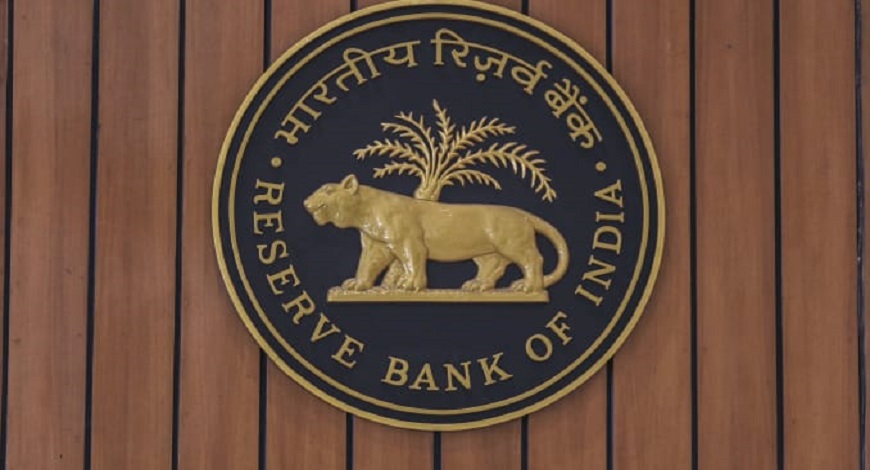In March 2022, banks’ gross non-performing asset (GNPA) ratio decreased to a six-year low of 5.9 percent from a high of 7.4 percent in March 2021, according to the Reserve Bank of India’s (RBI) most recent Financial Stability Report (FSR). According to stress testing, the GNPA ratio of commercial banks may go from 5.9% in March 2022 to 5.3 percent by March 2023 due, among other things, to higher-than-anticipated bank loan growth and a downward trend in the stock of GNPAs, according to the research.
Buy Prime Test Series for all Banking, SSC, Insurance & other exams
KEY POINTS:
- Since the provision for outstanding loans has not been taken into account when calculating net NPAs, GNPAs do not actually result in a loss for lenders.
- According to the FSR, the GNPA ratio might increase to 6.2 percent and 8.3 percent, respectively, if the macroeconomic situation deteriorates to a medium or severe stress scenario.
- However, under the severe stress scenario, public sector banks’ GNPA ratios could rise from 7.6 percent in March 2022 to 10.5 percent a year later, while private sector banks’ GNPA ratios would increase from 3.7 percent to 5.7 percent and foreign banks’ GNPA ratios would increase from 2.8 percent to 4.0 percent over the same time period.
Important Takeaways for All Competitive Exams:
- GNPA: Gross Non – Performing Asset
- NPA: Non – Performing Asset
- Financial institutions classify loans and advances on which the principle is past due and on which no interest payments have been made for a while as non-performing assets (NPAs).




 Which Glacier is the Source of the Brahm...
Which Glacier is the Source of the Brahm...
 What is the Full Form of EDP? Know Every...
What is the Full Form of EDP? Know Every...
 Which City of Germany is Known as the Gr...
Which City of Germany is Known as the Gr...







